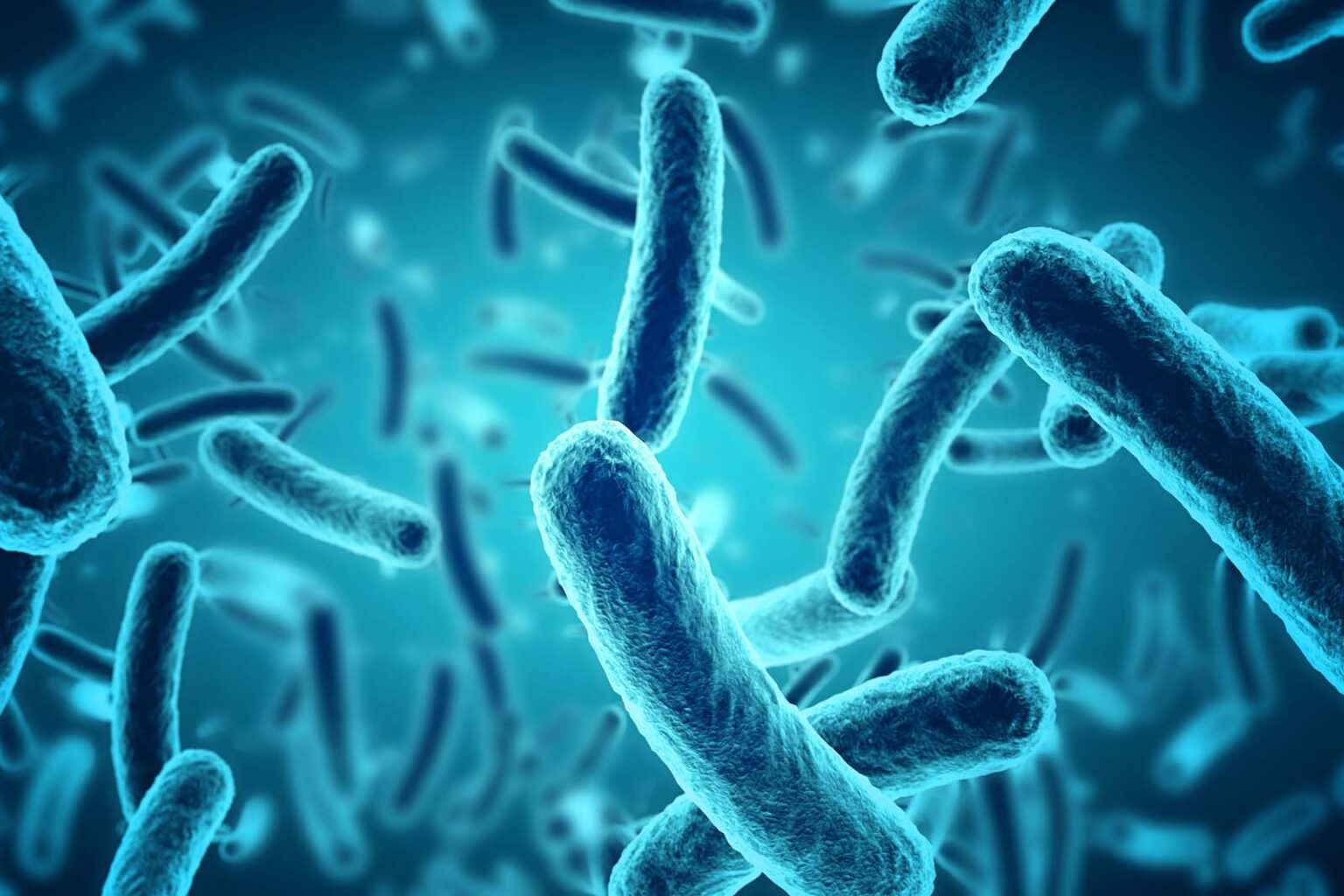
Is this brain-eating amoeba also the answer to curing depression?
What do you imagine when you think of summer fun? Pools, splash pads, and joyous laughter might top the list. But for one family in Little Rock, Arkansas, a day at a splash pad turned tragic. The Arkansas Department of Health (ADH) has recently confirmed that a child fell victim to the rare, yet dangerous, brain-eating amoeba called Naegleria fowleri at a splash pad in the heart of the state.

Diving Deep: What Is This Amoeba?
Not your average pool crasher, Naegleria fowleri is a single-celled organism that typically resides in soil and warm freshwater environments like lakes, rivers, and hot springs. Alarmingly, in rare cases, it has been known to make its way into under-chlorinated water features, as the Centers for Disease Control and Prevention (CDC) notes.
In the unfortunate Arkansas incident, the investigation traced the transmission back to the splash pad at the Country Club of Little Rock, which has since taken precautionary measures by closing its pool.
While the mere thought of a brain-eating amoeba might send shivers down your spine, the occurrence of such infections is relatively low. With an average of only about three reported infections a year in the US, the rarity is real. Yet, the repercussions can be severe. Naegleria fowleri destroys brain tissue, leading to swelling and, tragically, almost always results in death.
Since its discovery, the US has seen only four survivors from a known one hundred fifty-seven cases. For those exposed, symptoms tend to emerge swiftly, starting with headaches and nausea before advancing to more severe conditions like seizures.

Stay Safe While Splashing
With the amoeba’s affinity for sediment at the bottoms of water bodies, the CDC recommends swimmers avoid stirring up these areas. For the youth, especially those below the age of fourteen, diving deep and playing at these depths puts them at a higher risk.
Another point of concern? The rising temperatures and climate change’s repercussions. Traditionally found in southern states like Texas and Florida, this amoeba has now made appearances further north, with cases reported in states like Nebraska and northern California since 2010. Could the changing climate be making waters more inviting for these amoebae?

What’s Next
The incident in Little Rock serves as a poignant reminder of the unseen dangers lurking in the waters. The CDC has emphasized the importance of proper water maintenance and has been actively monitoring the situation, with multiple samples from the Arkansas splash pad sent for evaluation.
Community establishments, like the Country Club of Little Rock, have been proactive and cooperative with health officials, ensuring the safety of their visitors. While the dangers of Naegleria fowleri may be rare, awareness and preparedness can go a long way.
As we gear up for more sunny days and water adventures, it’s essential to be informed and cautious. Are we doing enough to keep our summer spots safe?







